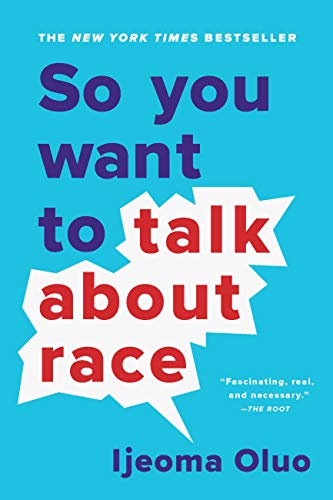A teacher has a responsibility to foster inclusion and ensure safety within their classroom. The wide assembly of cultures that arrive at school necessitate that a teacher be versed in the language of equity and committed to actively creating space for the diversity we see in modern Canadian schools. Below, I present my perspective on two resources that I recently accessed related to equity.
 Disrupting Poverty: Five Powerful Classroom Practices by Budge & Parrett
Disrupting Poverty: Five Powerful Classroom Practices by Budge & Parrett
Chapter six of Disrupting Poverty highlights the importance of teachers accepting their professional accountability to educate all students. The authors identify an endemic of blame, described as educators’ tendency to fixate on family and institutional deficits as the source of poor outcomes for students. Budge and Parrett advocate for a professional approach built on two “antidotes to blame”: self-efficacy and self-awareness.
A self-efficacious teacher believes that their work matters and that they are capable of influencing the learning of all students. This trait is linked with persistence, resilience, innovation, enthusiasm and more positive student relationships. Self-efficacy is enhanced through a cyclical process of 1) assessing the competencies of self and student, 2) trying new strategies and 3) receiving actionable feedback from colleagues. They recommend identifying an accountability partner to support you in this process as you seek to improve outcomes for the most possible students.
A self-aware educator engages in constant reflection, both while they teach and afterwards as well. We need to check in with our learners and consider the demands of our programming. Furthermore, self-awareness empowers educators to integrate pedagogic theory with its application in the classroom. The authors highlight that theoretical knowledge must be applied in order to transform practice. As a teacher candidate, I cannot agree enough with this sentiment; I am eager to take the many principles I have learned about lesson design, assessment, inclusion and educational psychology and employ them in the field. I recognize that the modern educational landscape is incredibly diverse and I feel fortunate to have tested models to implement such as UDL, trauma-informed practice, multiliteracy and differentiation.
Finally, I also recognize that I have had a particularly favourable experience in the education system and have not faced discrimination or stigmatization based on race, gender, class or ability. This necessitates an even greater level of empathy and self-awareness as I navigate relationships with students who have a fundamentally different relationship with schooling than myself. I commit to being persistent and engaging colleagues, parents and the students themselves in the constant work of creating thriving, inclusive class spaces.
 So You Want to Talk About Race by Ijeoma Uluo
So You Want to Talk About Race by Ijeoma Uluo
Chapter three of So You Want to Talk About Race confronts a question I believe many white educators have: “What if I talk about race wrong?” Uluo reflects on her personal experience as a biracial person to shed light on the gaps in understanding that her white mother had when it came to racial justice. The chapter traces the process of the author’s mother as she moves from little awareness of race to misguided allyship and, finally, informed advocacy. This personal story is meant to demonstrate the imperative need to normalize discussions of race, despite discomfort and the social taboos that surround such discussions. The reality is that racialized individuals are marginalized in educational institutions and face exclusion from many opportunities. As Uluo says, “The truth is, we live in a society where the color of your skin still says a lot about your prognosis for success in life.” The solutions begin with honest dialogue.
To support readers on their efforts to start speaking about race, Uluo provides a series of directives for discussing race including: state your intentions, do not let emotions override your priorities, do research, interrogate your defensiveness and do not force people of color into discussions of race. She emphasizes the reality that, despite your intentions, you will make mistakes and harm others with your efforts to help. At such times, she encourages us to pause, to apologize, to consider the perspective of the other person and to persist, knowing that the benefits are worth the risk. Over time, you will come to better understand the experiences of others and the ways that you can act to disrupt oppressive systems. While the work will never be easy, it will grow easier.
Uluo’s message resonates with me. As a teacher, I will be responsible for navigating racial difference in my classroom, school and wider community. I will hold power in an institution populated with racialized youth and families. As I work with newcomers, minority populations and Indigenous learners, I will keep Uluo’s recommendations at front of mind. As teachers, we do not have the luxury of disengaging from uncomfortable politics. Ignored injustice will manifest as dysfunction in the community. Therefore, we must use our training as mediators, communicators and lifelong learners to participate in difficult dialogues about race, and act upon what we learn.
